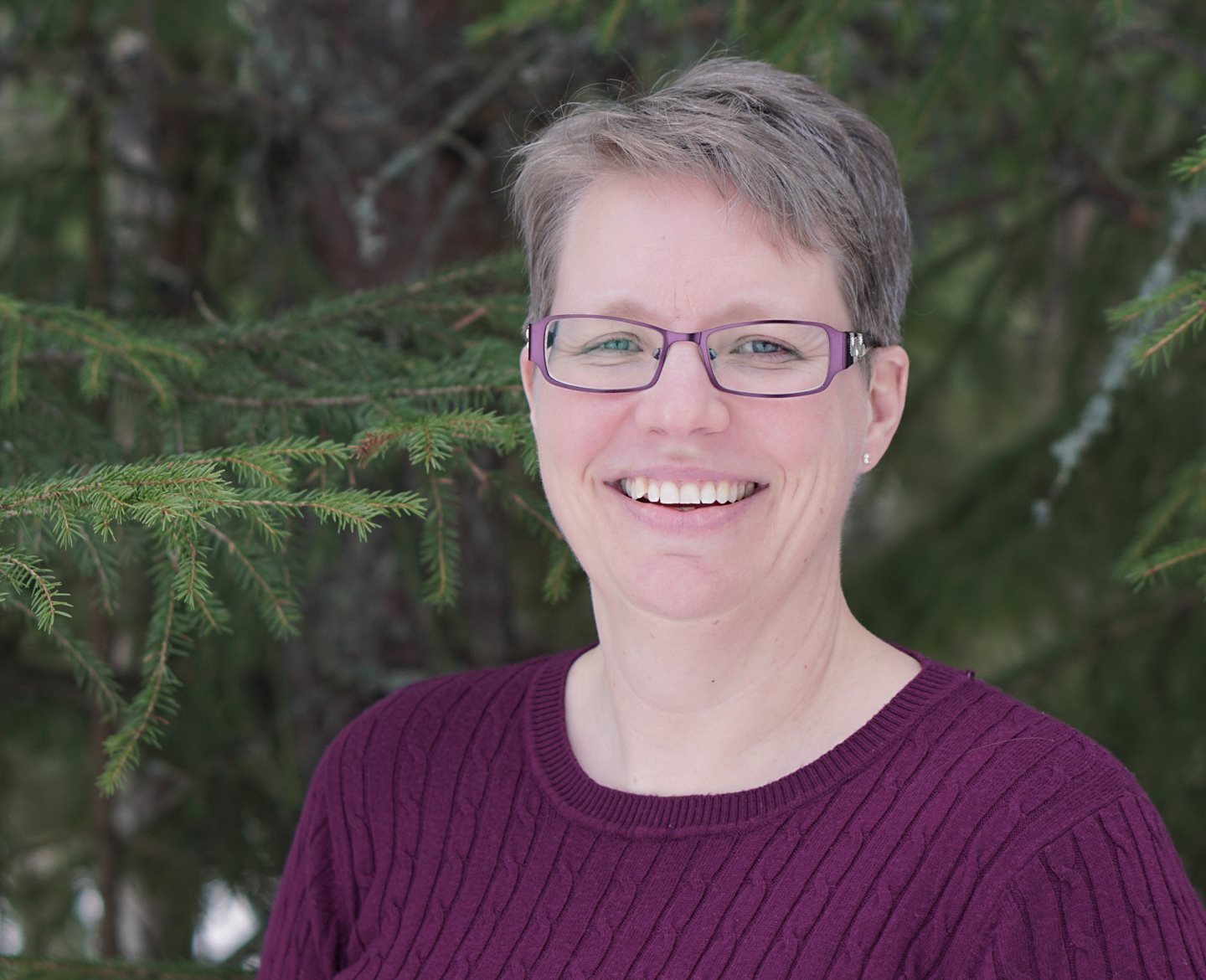"We not only need to understand the challenges, but also how digitalisation is the solution."
Camilla Widmark leads the work of synthesis within Mistra Digital Forest. Now she closes the first four years of the programme by summing up this interesting and challenging work.
How would you describe the work of the last few years?
– It has been interesting to see the full picture across the various research specialisations within Mistra Digital Forest, and to challenge the projects with questions about the benefits of their research in a wider context. In this case, the synthesis work is about describing how research in forest digitalisation can contribute to the development of a circular and bio-based society. In turn, this helps to direct both research and political decision-making in different directions.

What has the work of synthesis achieved?
– In a survey, the industry was asked how they perceived the digital development of the forest value chain. We received a wide variety of responses, but the most striking was that the processes do not "talk to each other", which is generally perceived as a problem.
– The work has also identified a stumbling block linked to the digital maturity of the forest industry, which is varied but is generally relatively low. If digital tools are to make an impact and ultimately contribute to a circular and bio-based society, the recipients must be prepared to accept them.
– Another area of work concerns industrial development. Currently, the industry is generally at stage 3 to 4 (out of 5). In short, this means that digitalisation promotes more efficient processes. There is now a gradual move to the fifth stage, which puts human well-being at the centre. To take this step, digital ecosystems need to be integrated with the ecosystems of the businesses. The way to do this is through research that supports companies in this endeavour. Here, Mistra Digital Forest sets a good example, as academia and industry work closely together.
How can the know-how be used in the future?
– To a large extent, it is about disseminating the conclusions so that we understand the challenges, but also see how digitalisation is the solution. For example, that with new digital decision support, we can link the forestry value chain more effectively. This know-how should not only reach the research community, but also reach decision-makers in companies and political policymakers.
– Seeing the full picture is incredibly important, given the conflicting objectives within the forest. For example, the forest should be a place for recreation, a climate rescuer, it should produce timber as well as preserving biodiversity. Here, digital tools can contribute to decisions that balance different needs, find synergies and make trade-offs between conflicting objectives.